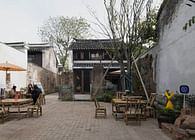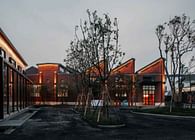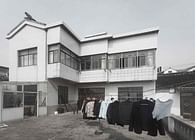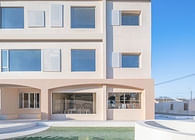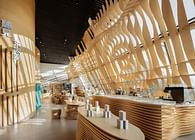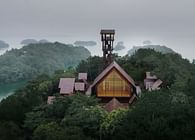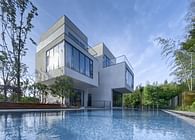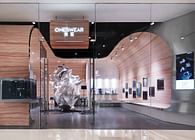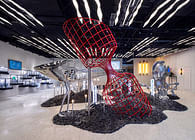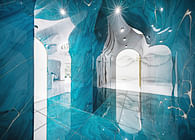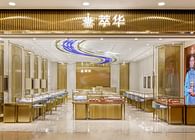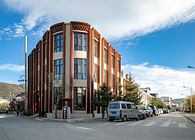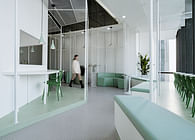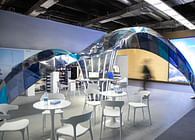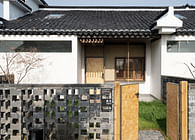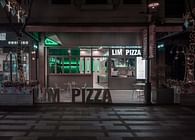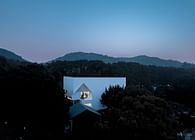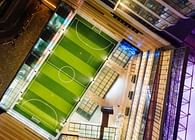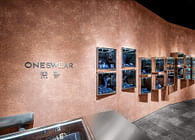
Zhenze Town belongs to Wujiang District of Suzhou City, bordering on Taihu Lake in the north and Ma Yang in the east. The land is intertwined with water networks and there are many villages, which are mostly built by water and distributed in clusters, which is a typical water town style of Jiangnan.
In 2021, Wujiang District will carry out rural habitat improvement and upgrading - "five beautiful and three excellent" action, building "beautiful courtyard", "beautiful vegetable garden", "beautiful village scenery", "beautiful village road", "beautiful field", optimizing and upgrading the taste of life, optimizing the quality of production, optimizing the plastic ", "Beautiful Village Scenery", "Beautiful Village Road", "Beautiful Field", optimize and improve the taste of life, optimize the quality of production, optimize and improve the ecological brand. ecological brand.
In order to respond positively to the construction of beautiful villages, we have carried out landscape reconstruction of many village nodes in Zhenze Town, such as Lijiabang, Shouyuanbang, Meijiabang, etc., in more than one year. On the basis of respecting the existing mechanism of the countryside, focusing on the governance of the village ecological environment and the continuation of agricultural production, based on the village's road traffic, infrastructure, vegetable gardens and farmland, eaves and courtyards, village image and other aspects of the multi-point effort to comprehensively enhance the level of human settlements improvement in the villages, to enrich the level of the village environment, optimize the spatial structure of the village, and improve the rural service functions. To create a "new fish and rice township" and "new Jiangnan space" with pink walls and elegant and exquisite.
Zhenze villages are generally connected to township roads, and driving through them is often uneventful, with many villages not even able to perceive the presence of an entrance. An appropriately scaled village signage can create a sense of full site access while reflecting the character of the village.
At present, the internal roads of villages are still mostly cement roads, often with broken potholes, vehicles parked indiscriminately and other problems exist. For conditional villages, we will sort out their internal roads, selecting the main road to do black enhancement, while setting up parking space delineation, standardize vehicle parking. After the transformation we met the villagers said that now the road is better to drive, but also better looking.
Compared with urban areas, nighttime lighting in villages is mostly inadequate. Within the villages, in addition to installing high-mast street lamps on the main roads, we have also designed some specialty lamps on unlit side roads to meet the lighting needs.
The field is the main position of agricultural production, and the productive landscape is originally the most beautiful scenery in the countryside. We intervene in the form of field side sketches to add a splash of color to the idyllic landscape, while taking into account the function of ideological and cultural propaganda and education.
We have selected unused vacant land, cultural relics and other sites with special characteristics in the village for renewal and renovation in an attempt to create more open space for the villagers, while passing on the cultural lineage of the site and retaining the nostalgia.
The corridors are wave-shaped and made of native materials, connecting the space on both sides of the river and becoming the "landmark" of the village.
The trestle is located in the camphor tree forest in the southern part of the village, which has been unused for a long time and is overgrown with weeds, and the ditch is dirty and smelly with stagnant water. We passed the trestle through the woods to facilitate villagers' passage, and set up pavilions and seats to form a cozy space under the woods.
Yongle Temple, located in the east of Yongle Village, was built in the Southern Song Dynasty. When we first visited the site, it was nearly deserted, with only the dilapidated Guanyin Hall and 700-year-old ancient ginkgoes remaining. After the restoration, Yongle Temple has been restored to its function as a temple, and there is an endless stream of people praying for blessings.
In the Zhenze area, most of the villagers' courtyards are private spaces enclosed by courtyard walls. For the small open spaces in front of and behind the houses, we appropriately enclose and arrange them to form public spaces with various functions such as resting and communication and gathering.
Status: Built
Location: Suzhou, CN







